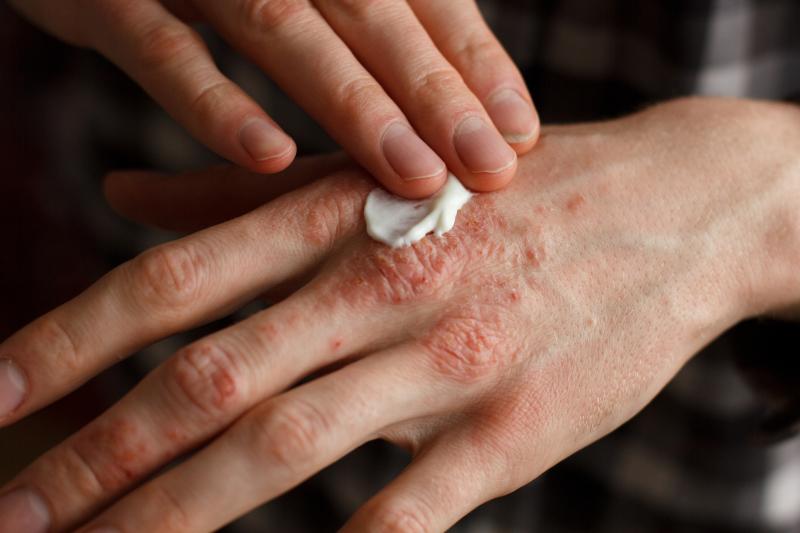
A recent study has assessed the long-term safety of nine systemic medications for psoriasis, revealing the lowest incidence of adverse events with ustekinumab and secukinumab.
The authors characterized the findings on the systemic drugs acitretin, adalimumab, apremilast, cyclosporine, etanercept, infliximab, methotrexate, secukinumab, and ustekinumab used for the treatment of moderate to severe psoriasis in patients included in the Spanish Registry of Adverse Events for Biological Therapy in Dermatological Diseases (BIOBADADERM).
A prospective cohort was used to determine the incidence rate ratio (IRR) and adjusted IRR, including propensity scores, of identified adverse events for each drug, with methotrexate as the reference.
A total of 2,845 patients were included, which involved 8,954 treatment cycles over 9,642 patient-years. The lowest rate of adverse events for several of the system organ classes was observed with ustekinumab and secukinumab, with a statistically significant decreased rate ratio (IRR of <1).
On the other hand, the highest rate of adverse events was found with cyclosporine and infliximab, with an increased rate ratio (IRR of ≥5).
“Our data provide comparative safety information in the real-life setting that could help clinicians selecting between available products,” the authors said.
A network meta-analysis also showed that ustekinumab and secukinumab were the most effective medications for achieving Psoriasis Area and Severity Index score 90 in patients with moderate to severe psoriasis, along with ixekizumab, brodalumab, guselkumab, and certolizumab, compared with placebo. [Cochrane Database Syst Rev 2017;12:CD011535]
The current study was limited by its observational design and depletion of susceptibles, according to the authors. In addition, drug allocation was not randomized, and prescribed doses were not registered.